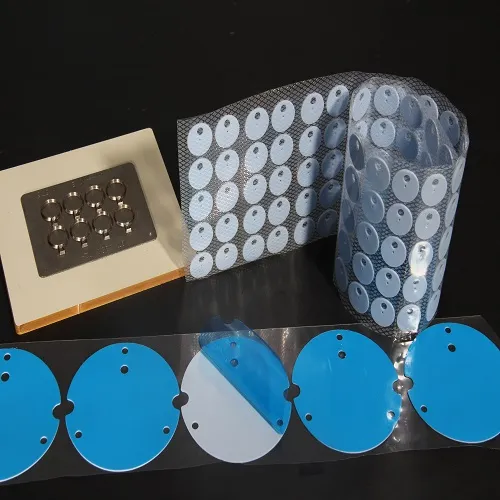
Under normal circumstances, the main ways of heat transmission are heat conduction, heat convection, and heat radiation. Air will hinder the spread of heat, so air will be regarded as a poor conductor of heat. There is air inside the mobile phone and at the surface-to-surface contact interface. If there is no external force, the heat dissipation efficiency will be affected, which will affect the operation of the mobile phone, so it is necessary to use the thermal interface material to guide it manually to the casing.
Thermal interface material is a new type of material specially used to solve the problem of heat conduction in equipment. It mainly acts on the gap between the radiator and the heat source to remove the air in the gap, reduce the contact thermal resistance, and improve the heat conduction efficiency, thereby improving the overall heat dissipation effect.
In general, the Thermal interface materiall is filled in the gap between the heat source and the radiator (shell) to remove the air in the gap and reduce the contact thermal resistance, thereby improving the heat dissipation effect.

 English
English
 usheenthermal
usheenthermal



